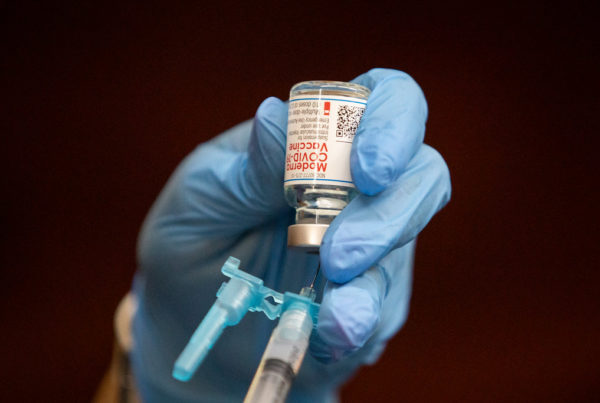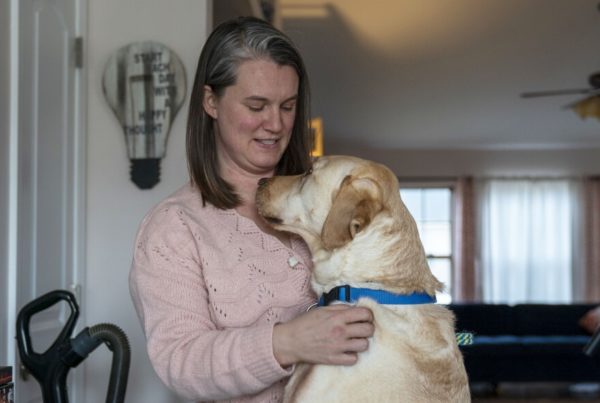From KACU:
After years of patching together Emergency Medical Services as of midnight (4/1/2022) the city of Anson no longer has its own ambulance service. Anson’s home to 2,500 people and is about 30 minutes north of Abilene. Anson leaders say they don’t have the money for a full contract with a provider. The city’s one of many places in rural Texas struggling to keep their EMS in place.
For seven years, ambulance service has been a headache for Anson, according to city manager Sonny Campbell. Over that time officials shifted stipend structures, paid tens of thousands of dollars to repair operator-caused damage to ambulances and equipment, and struggled to cover cost overruns.
“Since 2015 to currently, today, the city has spent almost a million dollars for EMS. Doesn’t sound like a lot when you say it fast, and over that period of time, but for a small city that’s a lot of funds,” Campbell says.
Anson’s entire budget for this year is $1.5 million.
They had contracted with nearby Stamford EMS. But last year, the company requested new trucks as part of their contract. So Anson’s leaders decided contracting with Permian Basin Ambulance would be more cost effective. Campbell says what started out as a good deal grew into a big hassle. The owner asked for a $60,000 advance, then declared bankruptcy after getting the money. Anson signed a six month deal with MetroCare out of Abilene, which set up a rotation of crews to be stationed in Anson. “So we’ve been trying to work on funding a new contract with them for the last six months, and financially the city just can’t do it on our own,” Campbell said.
Campbell says they’ve got roughly two-thirds of the $315,000 they’d need to secure MetroCare for the year, but there’s just nowhere to get the extra money. And legally, they can’t raise taxes enough to make up the deficit.
While Anson and Jones County leaders want to find a way to make sure that their residents have access to emergency medical care, they’re under no obligation to do so.
“It’s very shocking to know that if they choose to, an area could just not have access to medical services,” says Tony Broadus, an operations supervisor with MetroCare. “Then the individuals in that city either have to wait a lengthy time for somebody to come from elsewhere or drive themself if they can.”
The EMS situation in Texas is a jigsaw puzzle, according to Daniel Owens, executive director of Texas EMS Professionals,
“The struggle that we have in the city of Austin is completely different from the struggle over in West Texas with Ralls EMS,” Owens said. “It all has to do with different types of funding mechanisms, different types of delivery models, different types of community support. And so when you talk about EMS the most common saying is, ‘If you’ve seen one EMS system, you’ve seen one EMS system’.”
Owens says state legislators need to become intentional about addressing rural EMS in Texas. At the very least, they could reinstate the Local Projects Grants.
“This is a grant that was invaluable to us for supporting our rural EMS systems,” Owens said. “And we always depended on this Local Projects Grant to get that life-saving equipment there. But then the legislators chose not to renew it. And it sunsetted,” Owens said.
Since then rural EMS systems have struggled.
State Rep. Stan Lambert, who represents Anson, was unavailable for an interview. But in an email he said this isn’t a rural problem, it’s a Texas problem. And he vowed to look for new legislation and funding sources for EMS.
Anson city manager Sonny Campbell has been talking to Lambert, leaders from other rural cities, and the Texas Municipal League,
“The backing that we’re getting has just been phenomenal,” Campbell said.
Campbell says they’re hoping to get new legislation on the agenda for the next legislative session that would make EMS an essential service.
“This change is not going to be statewide change,” Campbell said. “We’re gonna have to focus on a specific population. Right now we’re looking at counties under 30,000. If we can get that changed, then there is a possibility for state funding, DSHS, those kind of funds that would allow us to use like we do for the fire department, for the police department.”
Even if they’re successful, it’ll take awhile to get those dreamed-of dollars. In the meantime, Tony Broadus with MetroCare says they’ll provide the service they can, “Every minute counts whenever it comes to heart attack, strokes, cardiac arrest, so it’s sometimes frightening to know that you or your loved one may call 911, and may have to wait 10, 15, 20 minutes to get a response, depending on where you’re located at.”
And like their residents, rural municipalities find themselves waiting for help in the middle of a crisis.














